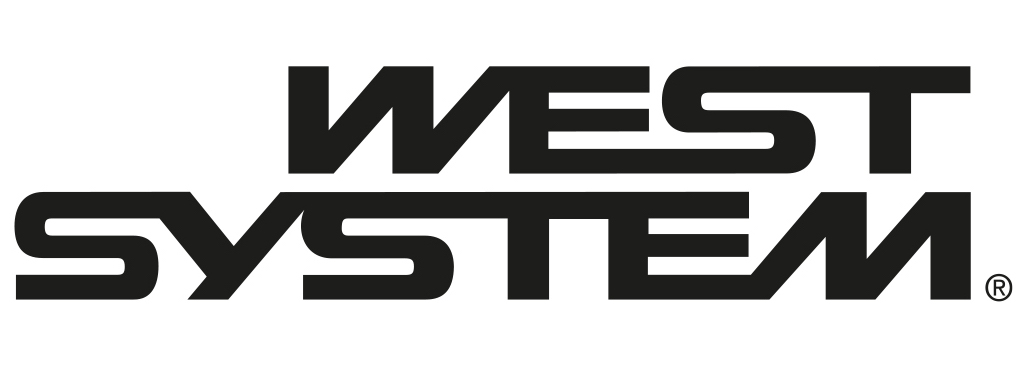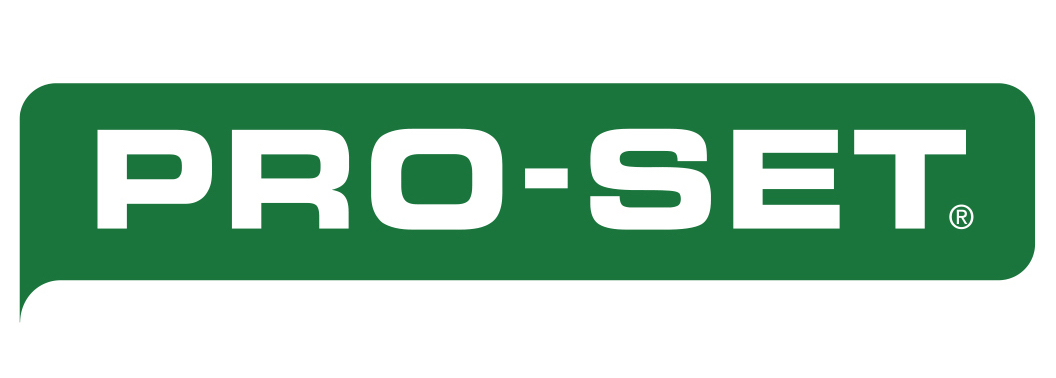How to use WEST SYSTEM Epoxy
Understanding Cure Times
How can you ensure that you have enough time to mix and apply WEST SYSTEM® epoxy? It is all a matter of getting the open time and cure time right.
Open time and cure time are very influential when building and repairing with epoxy. Open time dictates the time available for mixing, applying, smoothing, shaping, assembly and clamping. Cure time dictates how long you should wait before going on to the next step in the project, like removing clamps or sanding, for example.
Two factors determine an epoxy mixture’s open time and overall cure time: the cure speed of your chosen hardener and the epoxy temperature.
By understanding the following factors, you can ensure that every batch cures to a high-strength solid.
This page covers:
Hardener cure speed: ensure you have enough working time
Epoxy temperature: higher temperatures mean faster cure speeds
Controlling cure time in warm and cold conditions
Hardener cure speed: ensure you have enough working time
There are four WEST SYSTEM hardeners. Each has a different cure time and an ideal temperature cure range. At any given temperature, a mix of each of these hardeners with 105 Resin will go through the same cure stages, but at different rates.
It is important to select the hardener that gives you adequate working time for the job you are completing at the temperature and conditions in which you are working.
A term you may come across when working with hardeners is ‘pot life’. Pot life is used to compare the cure speeds of different hardeners. It is the amount of time a specific mass of mixed resin and hardener remains a liquid at a specific temperature. For example, a 100g-mass mixture of epoxy resin and hardener in a standard mixing pot at 22°C. Because pot life is a measure of the cure speed of a specific contained mass or volume of epoxy rather than a thin film, the pot life of the mixed epoxy is much shorter than its open time.
The product guide and container labels describe hardener pot lives and cure times.
higher temperatures mean faster cure speeds
The warmer the temperature of the curing epoxy, the faster it cures. The temperature of curing epoxy is determined by the ambient temperature plus the exothermic heat generated during its curing process.
Ambient temperature is the temperature of the air or the material in contact with the epoxy. In most cases the ambient temperature is the air temperature unless the epoxy is applied to a surface with a different temperature. Generally, epoxy cures faster when the air temperature is warmer.
Exothermic heat is produced by the chemical reaction that cures epoxy. The amount of heat produced depends on the thickness or exposed surface area of mixed epoxy. In a thicker mass, more heat is retained, causing a faster reaction and more heat. The mixing container’s shape and the mixed quantity have a great effect on this exothermic reaction. A contained mass of curing epoxy (250 ml or more) in a plastic mixing cup can quickly generate enough heat to melt the cup and burn your skin. However, if the same quantity is spread into a thin layer, exothermic heat is dissipated, and the epoxy’s cure time is determined by the ambient temperature. The thinner the layer of curing epoxy, the less it is affected by exothermic heat and the slower it cures.
Controlling cure time in warm and cold conditions
Carefully laid plans definitely pay off when working with epoxy. Thinking through the application and assembly stages thoroughly will allow you to make maximum use of epoxy’s open time and cure time. Here are some tips to help you control the cure time, for both warm and cool conditions.
In warm conditions, use a slower hardener
If your workshop is warm, mix smaller batches that can be used up quickly, or pour the epoxy mixture into a container with a greater surface area like a roller pan. This will allow exothermic heat to dissipate and will extend the open time. The sooner the mixture is transferred or applied after thorough mixing, the more of the mixture’s useful open time will be available for coating, lay-up or assembly.
In cool conditions, use a faster hardener
If your workshop is cool, try using supplemental heat to raise the epoxy temperature above the minimum recommended application temperature for the resin and hardener combination. Use a hot air gun, heat lamp or other heat source to warm the resin and hardener before mixing or after the epoxy is applied. Take care to never heat mixed epoxy in a liquid state over 49°C. At room temperature, supplemental heat is useful when a quicker cure is desired.
Remember that if you heat epoxy that has not gelled, you will lower its viscosity. That means the epoxy can run or sag more easily on vertical surfaces. Take care also when heating epoxy that has been applied to a porous substrate like softwood or another low-density core material. Doing so may cause the substrate to ‘out-gas’ and form bubbles in the epoxy coating. To avoid out-gassing, wait until the epoxy coating has gelled before warming it.




